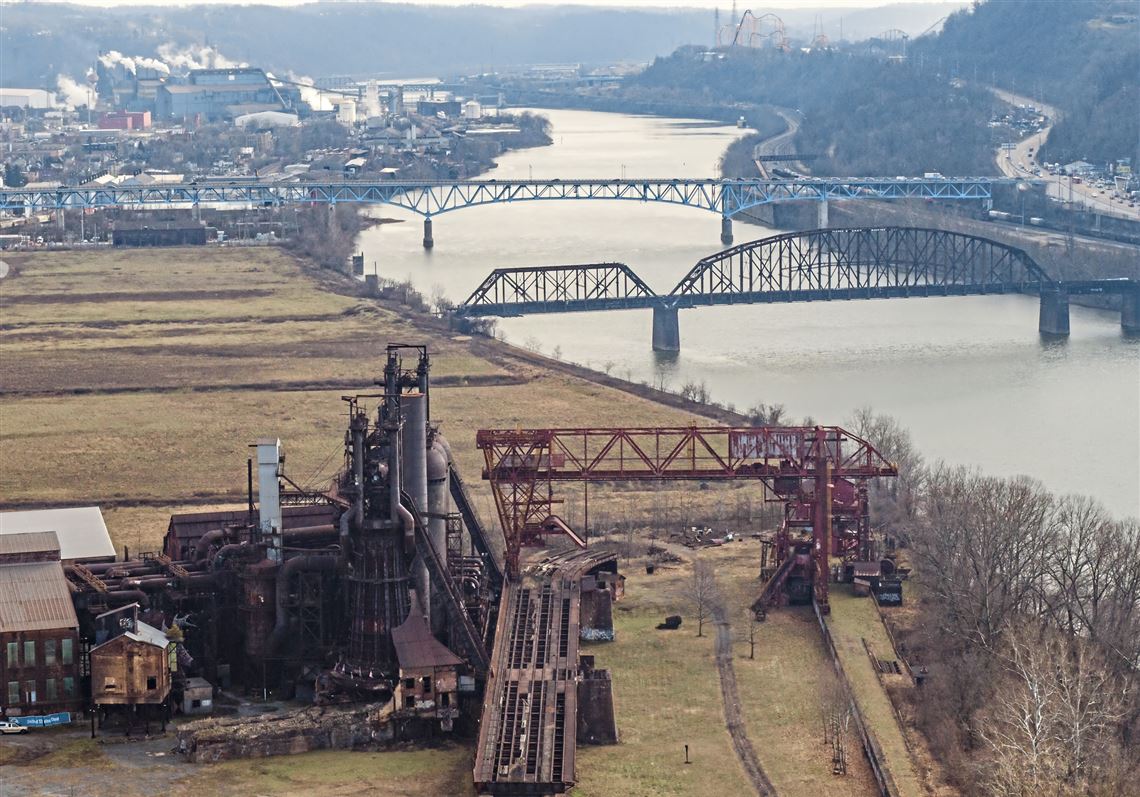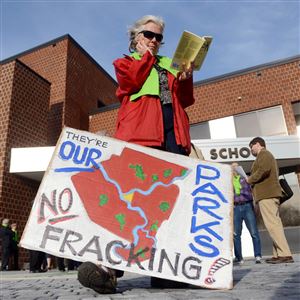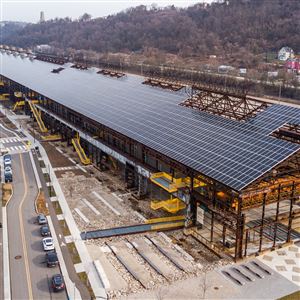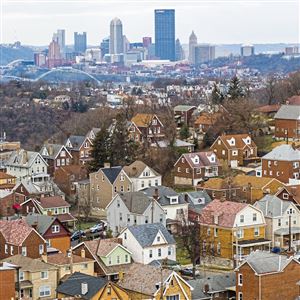Last week, without much fanfare, Allegheny County announced that it was investing $22 million in various trail projects, including acquisition of the Carrie Furnace Hot Metal Bridge over the Mon and a railroad line that spans the Allegheny near Aspinwall. These projects were described as an investment in “trails.”
In fact, the investment is about much more than trails. It is an investment in our future, in our regional economy. It will attract talent to our region, raise property values and put Pittsburgh on the international map for sustainability. Why?
The right long-term vision for our region is one where we use our incredible natural advantages — clean rivers, green spaces, forests and natural beauty — to attract new employers and workers.
One way to do that is to give people a new, efficient way to get around and to travel to work by walking, running or biking. We have the means to develop a comprehensive network of trails and bikeways throughout the County. Given our hilly terrain, the way to do that is to run linear parks, trails and bikeways along our flat river fronts and creek sides.
The backbone for this system was proposed back in 2007, when ordinances were passed by the Allegheny County Council calling for the creation of a Countywide Riverfront Park and a Commission to design and engineer it. This park would consist of a continuous linear park running on one side or the other of every one of our 3 major rivers (4, if you include the Youghiogheny), with bridge connections and amenities all along the way.
The new park built upon an enormous amount of work over years by volunteers, non-profits, developers and local and state government. This effort had already made our river fronts in many places more attractive and a major part of Pittsburgh’s regional revitalization.
The council intended the linear park to include amenities like playgrounds and picnic areas, rowing clubs, tennis, basketball and shuffleboard courts, and swimming pools. The park would provide places to access the rivers for boating, fishing, and water sports. Finally, it would include extensive trails and bikeways, suited for everyone from casual walkers and bikers to runners, cross-country skiers, and long-distance bikers.
This backbone would breathe new life into our many old mill towns. Etna, Millvale, Sharpsburg, Springdale, Duquesne, Rankin, Swissvale, Braddock, Coraopolis and other communites would see property values rise when residents can walk out their front doors and get on one of the greatest linear parks in the world. Young and old alike could live in these towns and travel around the county with no carbon footprint and not have to drive everywhere — all made possible by bicycle power.
Then perpendicular connections would sprout up. They would allow many residents from other communities to utilize the trail and bikeway system.
The proposed acquisition of the Brilliant Line, a rail line that runs from the East End to Aspinwall, would allow that entire side of Pittsburgh to access our riverfronts. Residents from the economic spectrum of communities — like Shadyside, Homewood, Squirrel Hill, Lincoln Larimar and Wilkinsburg — would all have the ability to commute from their homes to town and back by bike. What a way to get exercise, stay healthy, avoid traffic, save on gas and get to work!
The decision to apply funds to acquire infrastructure to make this Countywide Riverfront Park happen is very wise. Big kudos go to our County Executive Rich Fitzgerald and his team for their quiet but dogged pursuit of this vision. When the Pittsburgh area is seen as a progressive beacon of smart living and sustainability, we will continue to grow jobs and attract talent to the region.
And the price tag for these improvements will be paid by new Infrastructure monies. Not a give-away, though, but a real economic investment in our region’s future that will pay benefits not only in improving life in Pittsburgh but economic advances as well.
David B. Fawcett, a lawyer with Reed Smith, is a former member of the Allegheny County Council and Riverlife Task Force. He was the primary sponsor of the County’s Countywide Riverfront Park ordinances.
First Published: October 6, 2022, 4:00 a.m.

















